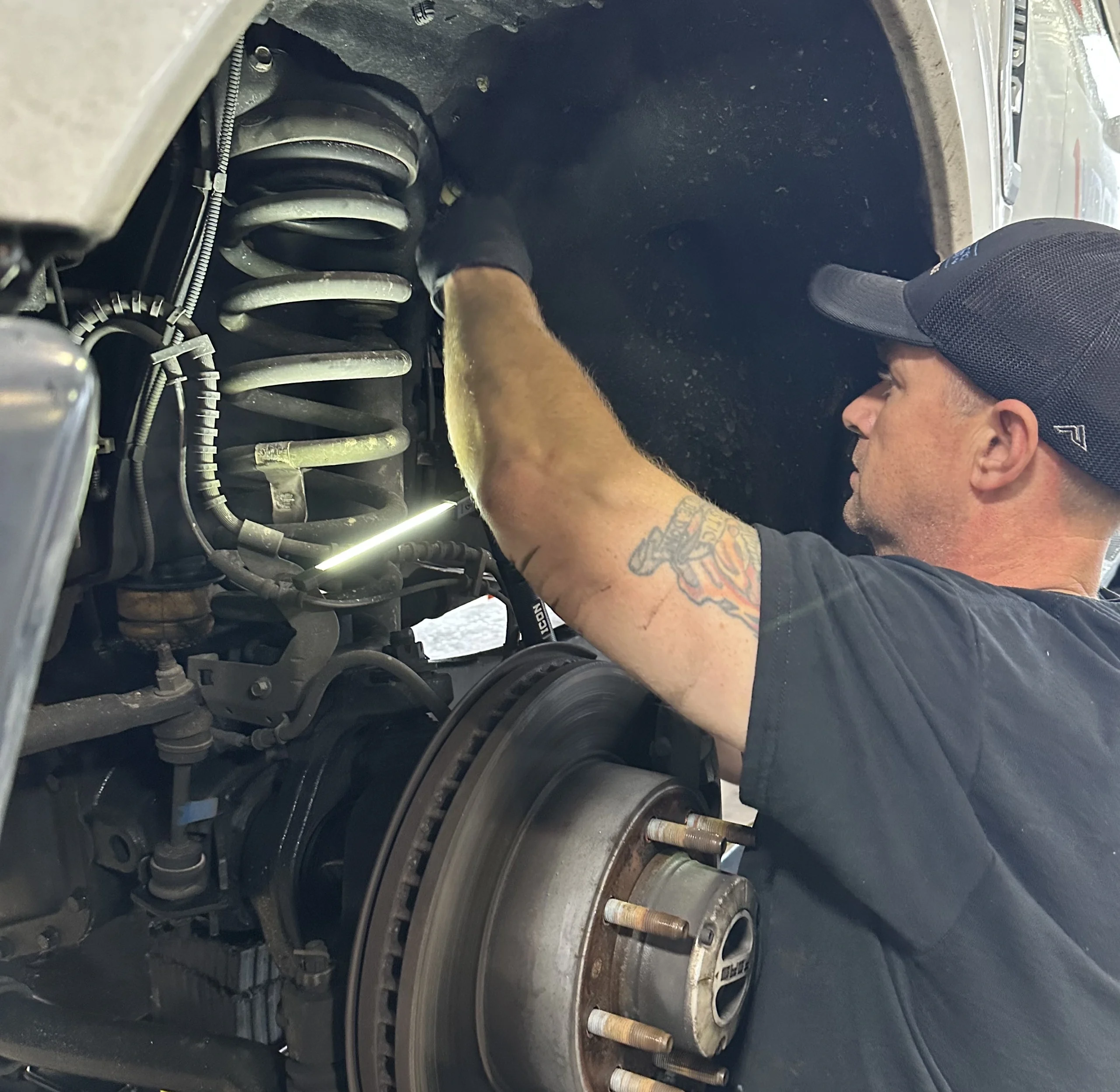Shocks vs. Struts
Shocks and struts are components of a car's suspension system, but they are designed differently and serve different purposes. Here's a breakdown of the differences between shocks and struts:
Shocks:
Shocks, also known as shock absorbers or dampers, primarily control the movement of the suspension system. They absorb and dampen the impact of bumps, potholes, and uneven road surfaces, preventing excessive bouncing and ensuring a smoother ride. Shocks are typically cylindrical tubes filled with hydraulic fluid or gas. Inside the shock absorber, there is a piston that moves up and down as the vehicle encounters bumps. The movement of the piston through the fluid or gas creates resistance, dampening the movement of the suspension. Shocks are usually mounted separately from the springs in the suspension system. They can be found attached to the vehicle's frame or body and the suspension control arms or axle. Shocks are generally easier to replace compared to struts because they are standalone components. They can be replaced individually without affecting other parts of the suspension system.Struts:
Struts serve multiple functions in a car's suspension system. Like shocks, they dampen the suspension movement to provide a smoother ride. However, struts also serve as structural components that support the vehicle's weight and provide a mounting point for the coil spring. Unlike shocks, struts are integrated into a single assembly that includes a shock absorber, coil spring, and mounting mechanism. The coil spring surrounds the shock absorber and provides additional support for the vehicle's weight. Struts are typically found at the front of the vehicle and sometimes at the rear. They are mounted between the body or frame of the car and the wheel assembly, serving as a crucial link between the two. Replacing struts is more involved than shocks because they are integrated into a single assembly with the spring. When replacing struts, both the strut assembly and the coil spring usually need to be replaced together. In summary, shocks primarily dampen the suspension's movement, while struts serve multiple functions, including damping, structural support, and spring mounting. Shocks are standalone components mounted separately from the springs, while struts are integrated assemblies that include both the shock absorber and the coil spring. For the best service in Virginia, contact Ferber's Automotive and Body!

